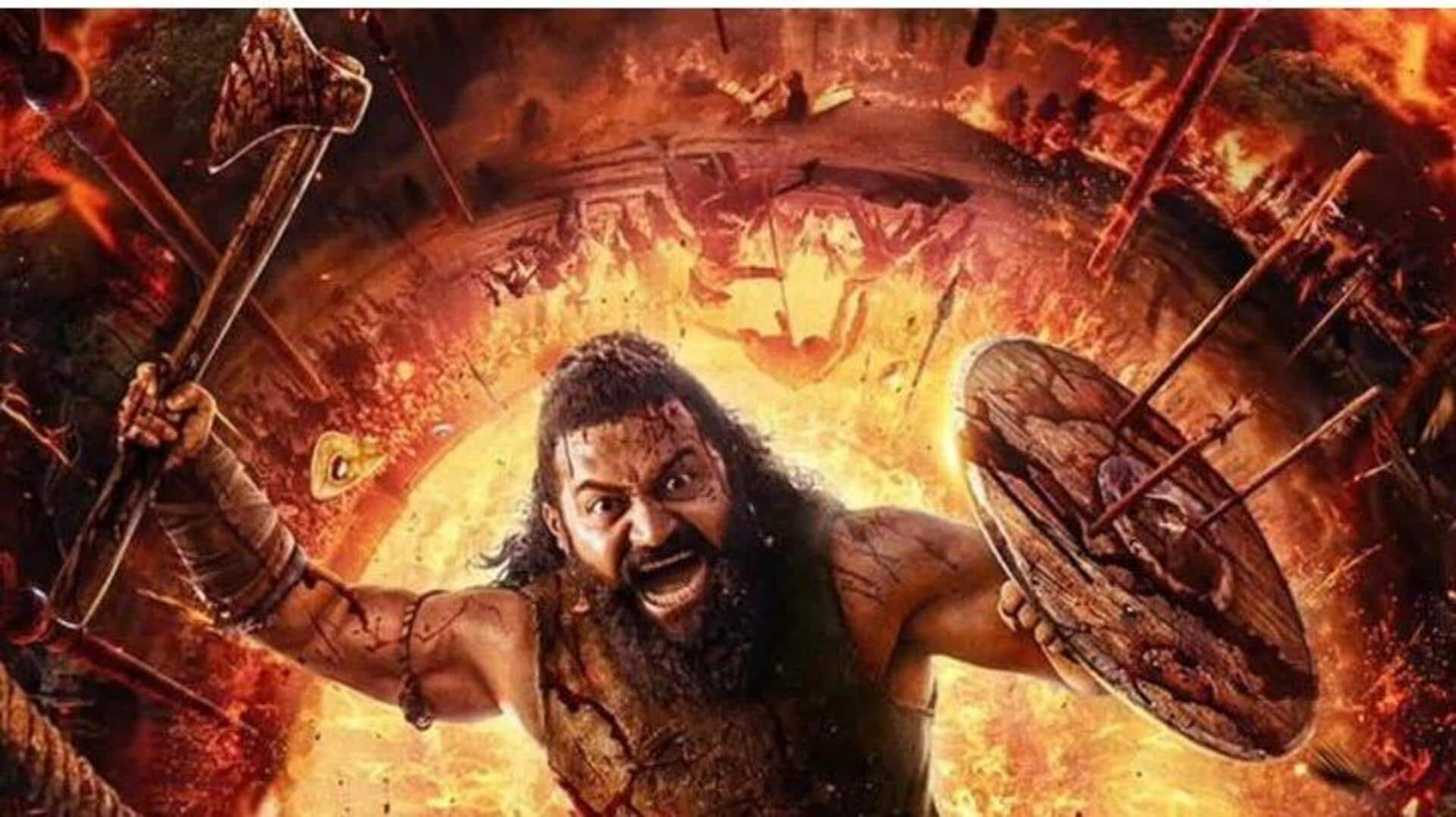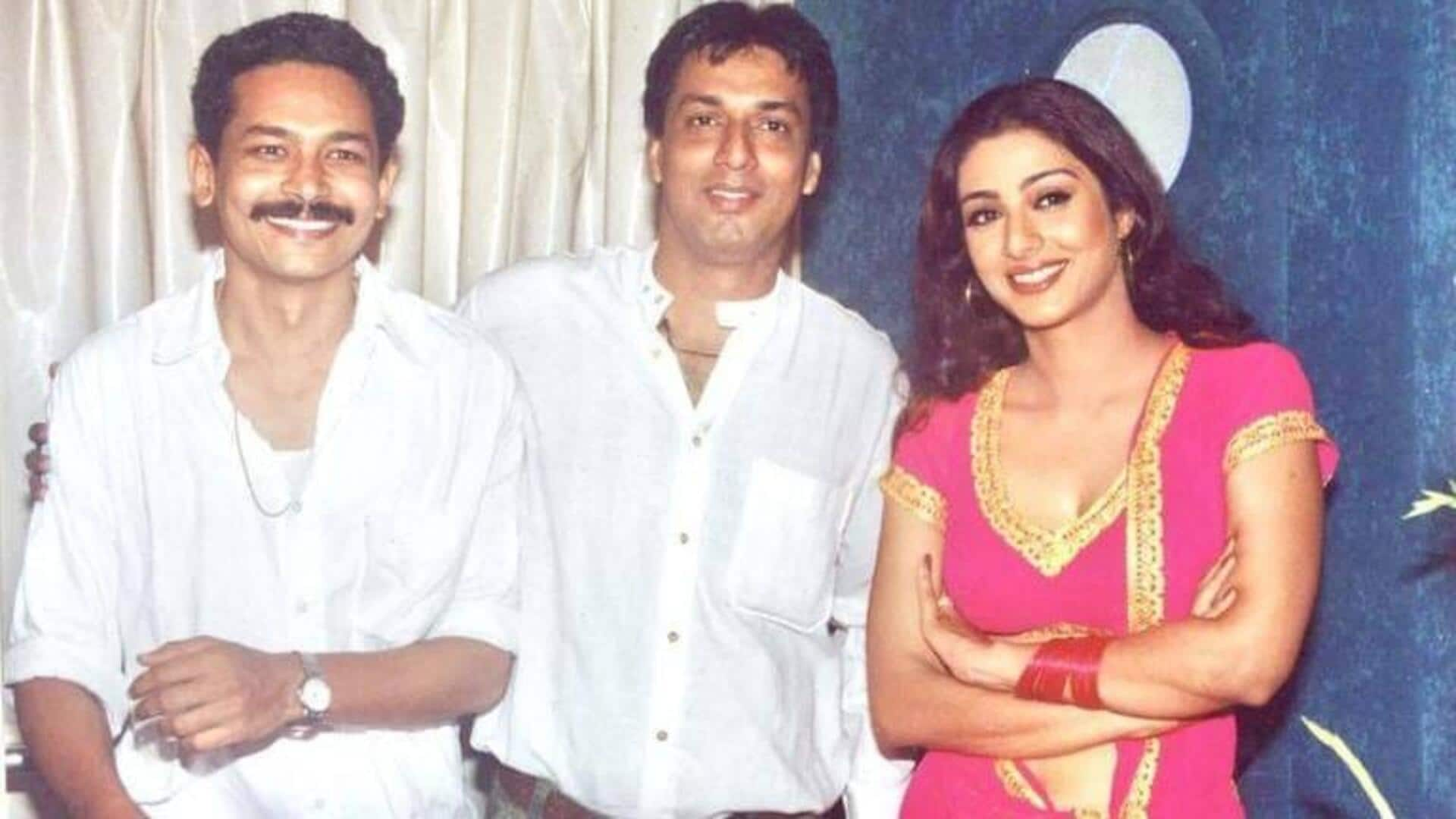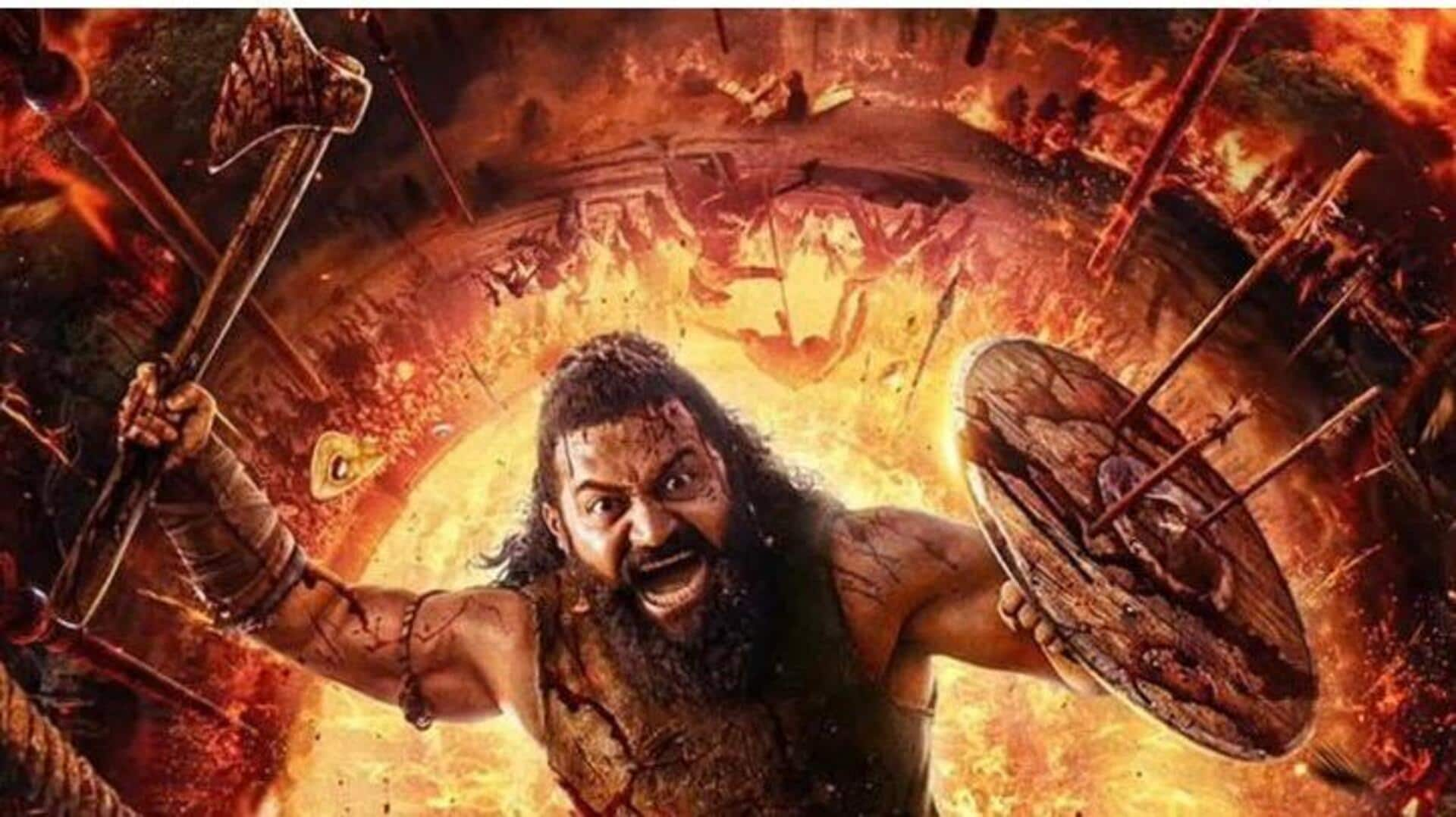Consider Hindi cinema—primarily an urban medium that, over the course of a little more than a century, has rarely employed caste as a central conflict in its stories. This is striking, given how deeply caste remains embedded in Indian society and politics.
To further illustrate this caste-blindness, director and writer Ranjan Ghaywan points to the popular series *Panchayat*. The show is set in a village where, reportedly, everyone belongs to the upper caste. But where does such a village exist? Isn’t there a moral responsibility to represent such realities accurately?
*Panchayat* is created by TVF, a team largely composed of ex-IIT students from towns like Banaras. Despite producing between 300 to 400 shows, in almost none will you find a character from the “vanchit” (marginalised) category. Perhaps one or two exceptions exist, but they merely highlight the rule.
A still from Ghaywan’s film *Homebound*—headlined as India’s entry to the Oscars—shows its lead character, Chandan (played by Vishal Jethwa), who is a Dalit/Scheduled Caste individual from a North Indian village. Chandan carries the surname Kumar, a caste-neutral name. For decades, many Bollywood heroes, both onscreen and offscreen, have adopted caste-neutral surnames.
While casting his leads Vishal Jethwa and Ishaan Khatter, Ghaywan was clear: “You’re great actors, but that doesn’t impress me. It’s not about lines or accents. There are countless Shoaibs (Khatter’s character) and Chandans that you hold a moral responsibility towards. You have to become them, through lived experience, and prove that you’re qualified for the job.”
To prepare them, Ghaywan handed each lead a copy of B.R. Ambedkar’s *Annihilation of Caste*—a searing, seminal, and undelivered speech critiquing the unscientific and oppressive concept of caste. It remains, arguably, the most moving and modernist work on the subject since 1936.
Janhvi Kapoor, who plays Sudha Bharti—Chandan’s girlfriend in *Homebound*—was particularly influenced by Ambedkar’s booklet. Acquainting Bombay-born stars with this material is one thing, but reaching a global audience with such a complicated idea—one that, according to Ambedkar, is distinct from race—is quite another.
For instance, in *Homebound*, a character mentions “Kayastha” (a caste group that does not fit neatly into the four-fold varna system), but the subtitle translates it as “Brahmin.” This highlights the complexities involved in translating caste for a wider audience.
Notably, Martin Scorsese champions *Homebound* as an executive producer. He provided detailed notes during scripting and oversaw the edit. Did Ghaywan gift Scorsese a copy of *Annihilation of Caste*? Ghaywan confirms Scorsese was aware of the caste context. Additionally, on advice from producer Melita Toscan du Plantier, Ghaywan wrote Scorsese a heartfelt four-page letter titled *To Sir, With Love*, explaining why he wanted to make the film and sharing his personal story.
Ghaywan, aged 45, was once a “corporate coolie” before switching to filmmaking, encouraged by Anurag Kashyap—the director he first met through blogging on PassionForCinema, a popular website for independent film writing.
Our conversation takes place in Varanasi, at the Jagran Film Festival—a kind of homecoming for Ghaywan. *Homebound* (2025) is his second feature after *Masaan* (2015), both deeply rooted in Varanasi. He recalls how locals readily opened their homes to the film crew. Incidentally, Vicky Kaushal made his debut portraying a Dom/Dalit character in *Masaan*.
It took Ghaywan nearly a decade to make his second film, which he attributes to an internal struggle: “I was struggling within myself to find a story that I can also own.” He poured much of himself into acclaimed projects like the short film *Geeli Pucchi* (part of the anthology *Ajeeb Daastans*) and the episode “The Heart Skipped a Beat” from the series *Made in Heaven*, where the Dalit protagonist insists on a Buddhist wedding.
For inspiration, Ghaywan frequently turns to Satyajit Ray, for whom storytelling was supreme and politics ranked lower. This philosophy shines through in *Homebound*, making it deeply engaging and entertaining despite its weighty themes.
Historically, the first Dalit representation in popular Hindi cinema is likely *Achhut Kanya* (1936), a Bombay Talkies production. Devika Rani played a Dalit heroine paired opposite Ashok Kumar’s Brahmin hero. The film explicitly states, through the female character, that it is not a love story but rather about the friendship between their parents.
Ghaywan observes that while change is occurring, Hindi films that address caste often carry a “saviour complex.” The vanchit (marginalised) and pratalit (oppressed) remain entities voiceless in their own right—often spoken for by savarna (upper-caste) heroes.
Moreover, Dalits constitute about 25% of India’s population. In the entire history of Hindi cinema, says Ghaywan, “I am the first one to have accepted my Dalit identity. The only one. It says something.”
—
This perspective invites us to critically reflect on the responsibility of filmmakers to represent caste with authenticity and depth—thereby offering a truer reflection of Indian society and its complexities.
https://www.mid-day.com/news/opinion/article/caste-as-a-prism-for-pictures-23596614



